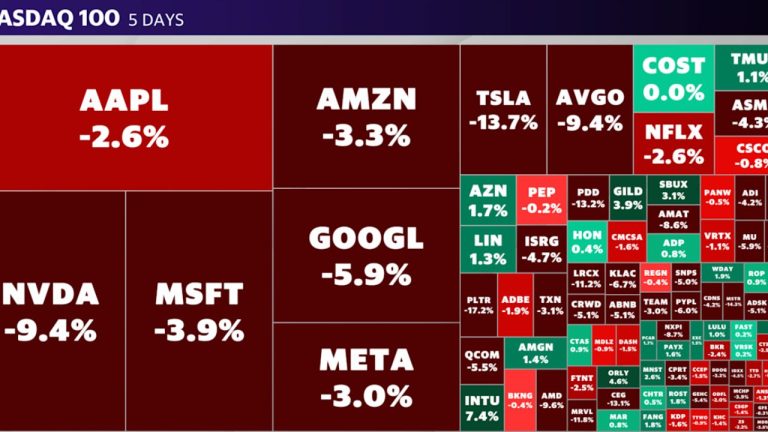Zoom Communications Releases Bleak Revenue Projections Due to A Slowdown in Demand
On Monday, Zoom Communications reported lower-than-expected revenue for the first quarter and the entire year as the firm navigates a landscape where employers rapidly abandon hybrid work patterns. At US$79.40, the company’s shares were down 2% during extended trading.
Although Zoom’s user base and subscriptions proliferated during the pandemic-induced lockdowns, there are questions about whether the demand for video conferencing will last. US President Donald Trump commanded federal employees to report back to work five days a week in January.
Large companies like Amazon, AT&T, and JPMorgan Chase have also requested that staff members come to work five days a week. On a post-earnings teleconference, Zoom CEO Eric Yuan stated that he had no worries about businesses bringing staff back to the office.
According to Jeremy Goldman, senior director of briefs at Emarketer, the company’s “overall growth remains sluggish compared to peers, and five years after becoming a household name, it still feels more defined by its pandemic-era surge than a compelling vision for the future.”
According to statistics gathered by LSEG, Zoom anticipates fiscal 2026 sales of between US$4.79 billion and US$4.80 billion, which is lower than the average analyst estimate of US$4.81 billion.
“Zoom’s lifeline was supposed to be the integration of AI into its tools, but so far, it’s more of an expensive experiment than a game-changer,” Goldman continued. In April, the business will release an updated version of its AI companion, which uses custom agents to automate duties around the office.
Zoom, which is also up against fierce competition from Microsoft Teams, predicts first-quarter sales of between US$1.16 billion and US$1.17 billion, which is less than the $1.18 billion expectation.
According to projections, revenue for the fourth quarter ending January 31 was US$1.18 billion. On an adjusted basis, Zoom earned US$1.41 per share, compared with forecasts of US$1.30.







